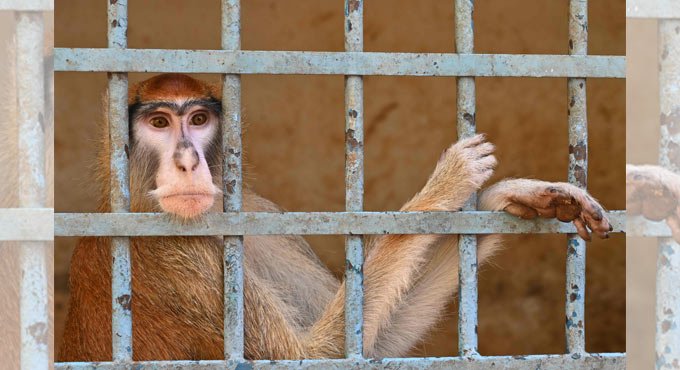Niamey: The National Museum of Niger has displays covering art, history, dinosaurs, nuclear energy, craftwork and music as well as live animals, for it is also a zoo. Its clientele is similarly diverse, encompassing visitors who have trekked to the capital Niamey from across the country, school groups, well-heeled foreign tourists and street urchins.
The cultural gem of the world’s poorest country, the 24-hectare (59-acre) museum survives on a budget that for rich counterparts is the equivalent to money found down the back of the sofa.
Yet it charges a rock-bottom entrance fee – around 10 US cents – so that even the most impoverished can walk in and have access to exceptional things… including wild animals. “Fauna and culture,” as the museum says.
“It’s Niger’s mirror, its social and cultural reflection,” said its director, Haladou Mamane. “Here, every Nigerien, regardless of their background, can gain insights about the country,” said Mamane.
Before the pandemic, it received more than 100,000 visitors per year, many of them so-called talibe children. These are children who are unique to West Africa – their parents hand them to a type of Islamic school, where they are supposed to learn the Koran.
But they typically spend their days begging in the dusty streets with a metal receptacle strung around their neck, and many find the museum as a wonderful escape.
One such was 12-year-old Ismael Mariama, who after playing on the slides and seesaws watched a large lion taking an afternoon nap. “I came to see the animals. I paid 50 francs,” he said, clad in worn, grubby clothes. “I came from Yantala,” a rundown district in northwestern Niamey, “to come and see the animals, the monkey, the lions, the crocodiles,” he said.
Mamane said he was especially proud of the craftwork area – a place that provides a shop window for sculptors, painters, potters and leatherworkers, who can sell what they produce. “It’s a bit hard with the coronavirus, but the museum is a good thing for us,” said Ali Abdoulaye, a leatherworker.
A few metres (yards) from the museum’s main hall is a star attraction – the skeletal remains of three monsters from the Age of the Dinosaurs. They include Sarcosuchus imperator, an 11m (36-feet) -long crocodile, whose fossil was discovered in the Agadez region by a French palaeontologist, Philippe Taquet.
The museum, founded just before Niger gained independence from France in 1960, is planning on a refurbishment and an expansion next year with the help of international donations.
